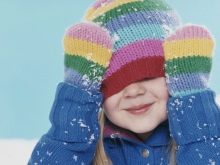Children's mittens
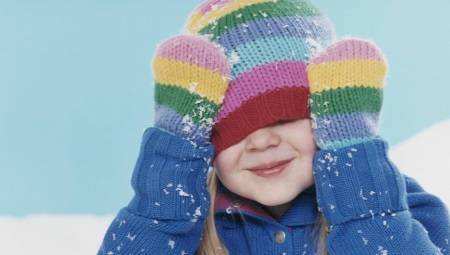
With the onset of cold weather, we all strive to stay warm and begin to wrap ourselves up from head to toe. This is especially true for the hands. Children's hands are even more delicate, so they need to be protected from the cold so that your child does not get sick.
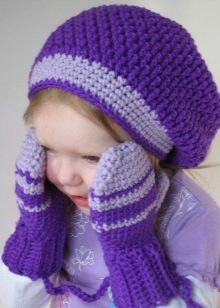
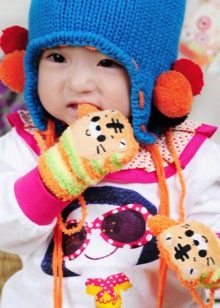
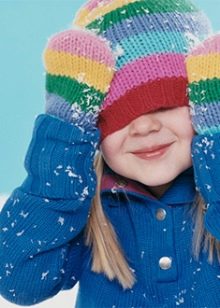
Peculiarities
Children's mittens, like mittens for adults, have one main function - to warm. But there are also its own peculiarities - the size, which is not always easy to pick up due to the different size designations and the absence of a child nearby, and ease of use during walks, because children love to play at any time of the year, which means that this aspect is very important to them.
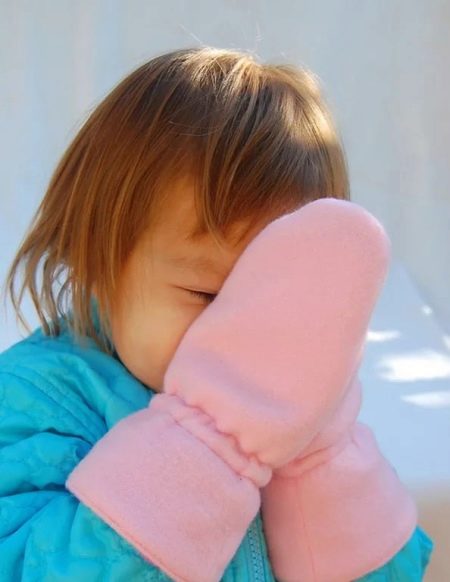
There are many variations: winter waterproof gloves, gloves, the warmest woolen models, textile options. But not all of them are always convenient and may suit your child's taste. Therefore, when choosing, you need to take into account both the model, and the material, and the size.
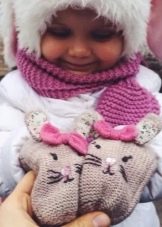
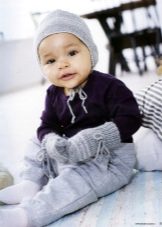
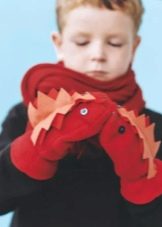
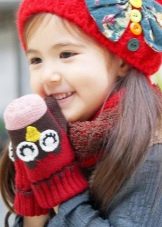
Models
The selection of mittens is very rich. For any age and gender: for newborns, for girls, for boys, and for active children.
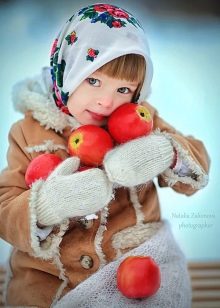
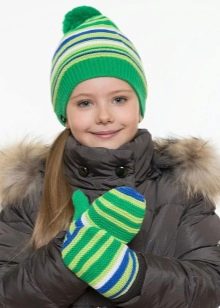
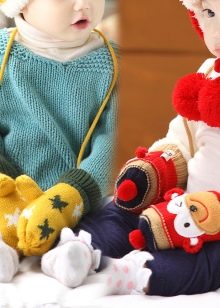
For newborns, there are several options for mittens:
- The very first mittens in a child's life are scratches. Their main purpose is not to keep warm, as in the classic versions, but to protect the child from injury. They are called so because they do not allow the baby to scratch and injure delicate skin. They are represented by a mitten without a finger, i.e. the baby's palm is in the bag. The materials for such mittens are lightweight - chintz, cotton.
- But for walks on top of such mittens, you should wear warm ones. For little users, they also represent a bag. There are models with a small indentation for the finger, but this is an option for older kids for a couple of months. In order not to lose such small mittens, manufacturers make them with a lock, i.e. when they are not needed, they can be linked to the overalls and not worry that they will be lost.
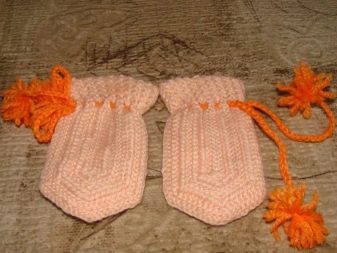
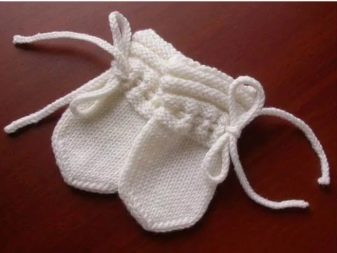

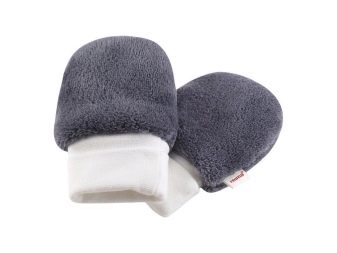
For babies from one to three years old, mittens are presented in woolen options... After all, children at this age are not yet so mobile and spend little time in direct contact with the snow. Interesting options for decoration and decor are provided for them - animal mittens, with muzzles, with soft toys on the back of the palm.
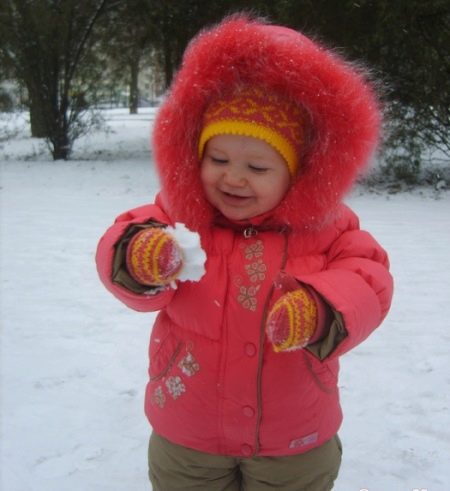
Mittens for children are made with elastic and laces - an excellent adaptation against loss. And even if the child takes them off, they will not disappear, but will hang out after him.
Another feature of mittens for little ones is their height. Since the child is still playing a little, you need to protect his hand from snow. High mittens prevent snow from falling on the child's wrists and protect against hypothermia. In order to make them comfortable to wear, models with a zipper have been created - from the thumb to the top. Thanks to this, the child himself can easily cope with such a mitten without the help of adults.
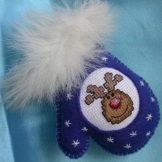
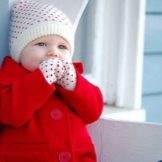
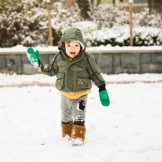
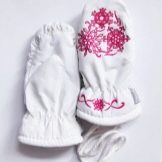
For girls of any age, clothes should be beautiful in order to educate taste from an early age. So mittens for them are made decorated with various embroidery, ornaments, appliqués, openwork on the back. Girls love and sets: a hat, a scarf and mittens - all in the same color scheme and style.
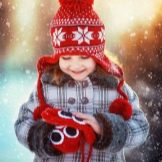

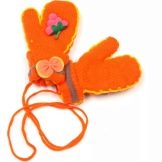
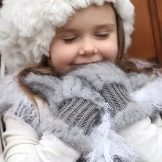
For boys, mittens are important practicality. Of course, they also love bright options with cartoon characters, with Velcro, zippers. But an important component is their activity. Therefore, boy models are aimed at keeping dry and warm.
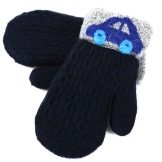

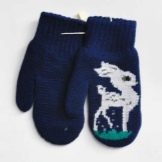

The originality of the models of children's mittens can make adults envy. Maybe that's why mittens with an elastic band migrated to the adult ranks:
- leggings - long warm mittens for active games. They are worn either over the sleeves of the jacket, or under them, and in either case, the child's hand is protected from snow and cold. They are recommended to be worn at temperatures ranging from -5 to -25 and above.
- gloves. Choice for older children. They are very difficult for babies to cope with, and they do not need to be actively worked with their fingers. But children from 4-5 years old love to wear them, because they do not hinder the movements of their fingers. But mittens keep the heat better.
- ski, ski - sports options. They can be represented by both a mitten and a glove. They are waterproof and breathable. These models are rubberized on the palm to prevent slipping. But the back side is insulated to protect it from wind and frost.
- mittens with an Indian wedge - have a special knit, in which the mitten fits snugly to the palm, repeating its shape, provides comfort and does not allow the mitten to "walk" on the hand.
- double mittens - protect the hand well from the cold. They look like a "mitten in a mitten". They can be knitted or sewn. It all depends on the material.
- convertible convertible - mittens + gloves with and without fingers. They are also called mitts. In this version, the top of the mitten can be removed and gloves will appear under it. This is a good model for older children and athletes.
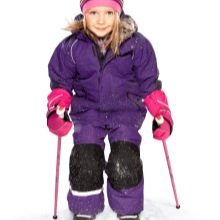
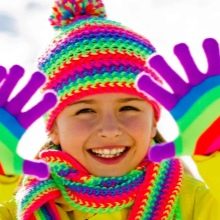
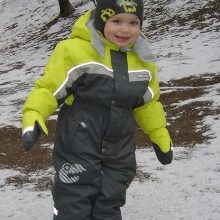

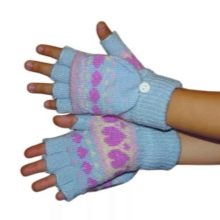
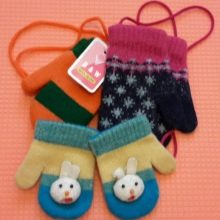
Materials (edit)
- Wool and angora. The warmest and most downy materials for mittens from our grandmothers. Now woolen mittens are made from sheep, dog, camel wool, and merino. This material can be both a basis for knitted mittens with patterns, braids, jacquard, and a filler for synthetic mittens. So that the wool does not prick and sit on the hand, manufacturers add gentle acrylic and stretch elastane to it.
When choosing such mittens, it should be borne in mind that when washing, wool tends to shrink a little, so the size should be slightly larger. Angora mittens also tend to leave their "fluff" everywhere, which may not really please your child, due to the fact that he will get into the eyes and mouth.
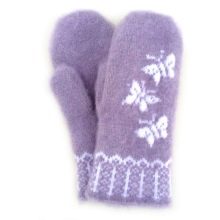
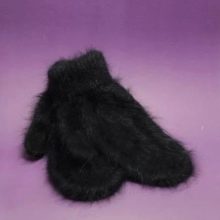
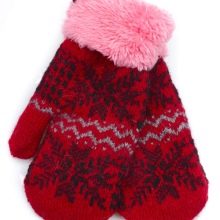
- Fleece - soft and fluffy synthetic material. Mittens made of it are suitable for warm and humid times. Fleece mittens keep warm well and at the same time the baby's skin breathes. The weak side of the material is that they do not repel moisture at all and get dirty quickly. Therefore, this option is suitable for kids.
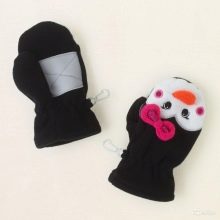
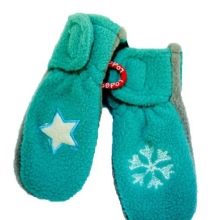
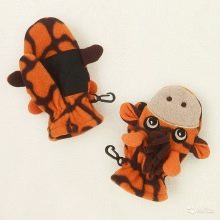
- Raincoat fabric and balon. This material is suitable for active walks and games of the child, as it has good water-repellent properties. The filler for this material can be different - from fleece, sheepskin, padding polyester, silicone filler. Balone mittens are usually made longer than simple models, so there is no need to try to buy this little thing by hand, because it should be higher than the wrist.
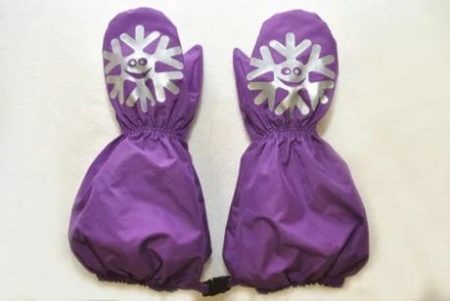
- Polartec and polyester - synthetic "brothers" baloni and mittens from raincoat fabric. They are also good for active kids. When buying both of those and other materials, one should not forget that this material is used more often in cold weather, so you do not need to "soar" the child in warm weather with these mittens.
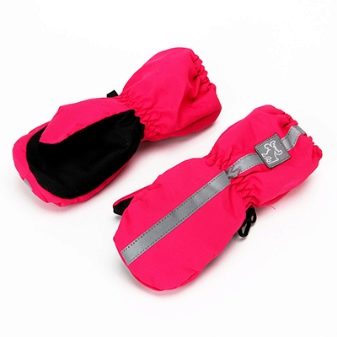
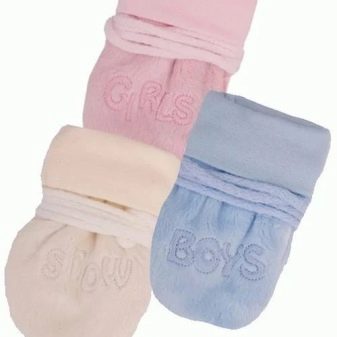
- Thinsulate. Tinsulin is used in everyday life. It is also a good water-repellent material for outdoor activities. For the inner layer of these mittens, soft fleece or soft knitwear is used.
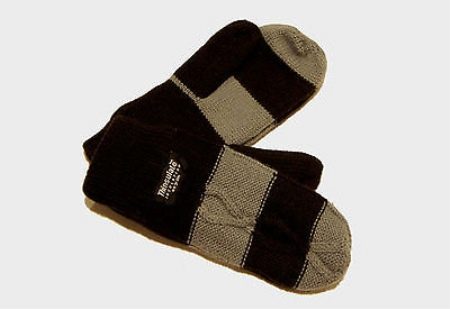
- Leather and suede. Not the most childish option, as they do not keep warm well, but they look beautiful on the child's hand. Due to their impracticality, they are in low demand.

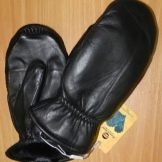
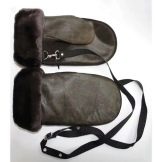
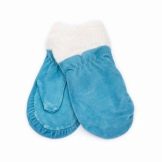
- Membrane. This option is often used for the manufacture of mittens and gloves for athletes, therefore, they have high water-repellent and heat-retaining properties.
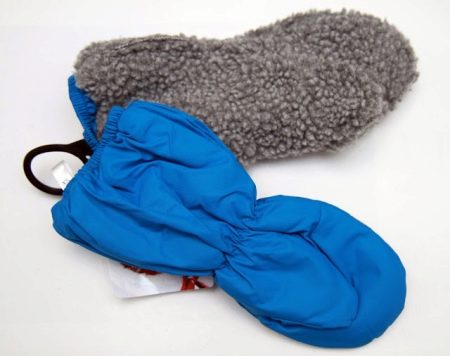
- Mink. This rich option is perfect for cold weather. They keep warm well and are pleasant to the touch, soft and fluffy. Children love these mittens. But from the point of view of practicality, not every parent dares to use such beauty for games. Therefore, this option is more suitable for small children or simple walks.
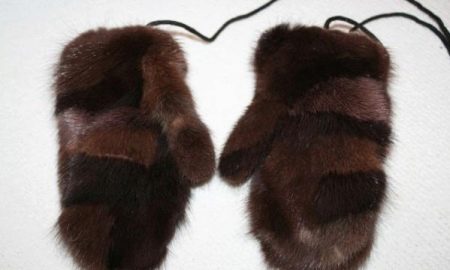
Which material to choose depends on the purpose for which the mittens are purchased. For active games, synthetic and membrane materials are better suited, and for quiet walks, knitwear and mink. In order not to rush between a huge choice, it is better to purchase several pairs of different materials, their price is not so high, and the health and comfort of the child is much more important.
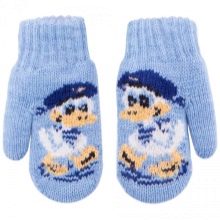
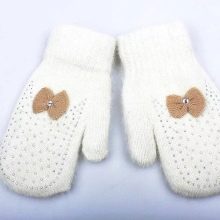
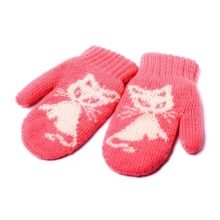
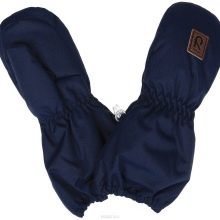
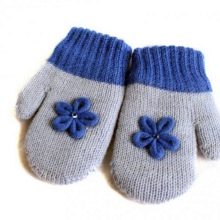
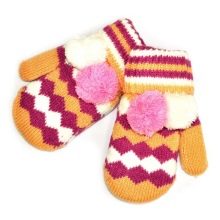
How to choose the size?
There is no specific standard size chart for this baby accessory.
In post-Soviet manufacturing countries, the size of a mitten can be determined by the girth of the widest part of the child's palm without the thumb. The tape should be loose and not overtighten the palm. If the girth of the baby's palm is 10 cm, then the size of the mitten is 10. But not in all cases these sizes are suitable for the manufacturer.
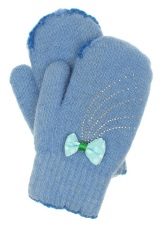
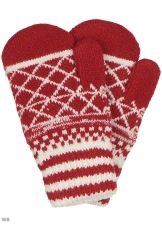
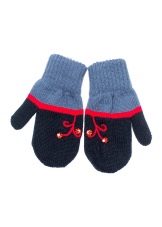
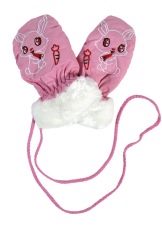
Correspondence table for palm girth and letter size designation:
|
Russian size |
Palm girth |
Letter designation |
|
1 |
12 |
XS |
|
1 |
12.5 |
XS |
|
2 |
13 |
XS |
|
2.5 |
13.5 |
XS |
|
3 |
14 |
XS |
|
3.5 |
14.5 |
S |
|
4 |
15 |
S |
|
4.5 |
15.5 |
M |
|
5 |
16 |
M |
|
5.5 |
16.5 |
L |
|
6 |
17 |
L |
|
6 |
17.5 |
L |
|
6.5 |
18 |
XL |
There is also an international size chart for children. It looks like this:
|
International size |
0 |
1 |
2 |
3 |
4 |
5 |
6 |
|
|
Russian size |
10 |
11 |
12 |
13 |
14 |
15 |
16 |
17 |
|
Approximate age |
0-6 months |
6-12 months |
1-2 years |
2-3 years |
4-6 years old |
7-8 years old |
9-10 years old |
11-12 years old |
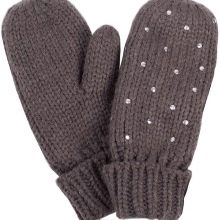
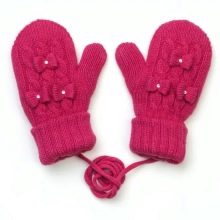
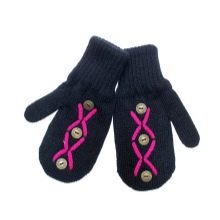
That is, if you are picking up gloves for a child, the size is easy to determine by age - for 1 year old - 1 size, for 2-3 years - 2 size, for 3-4 years - 3 size, etc. Often manufacturers do this - instead of the size, they write the age of the child. In this case, it should be borne in mind that each child is individual and the size may not always fit.
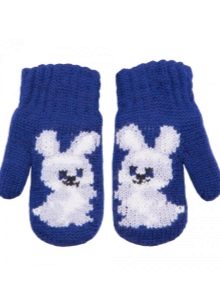
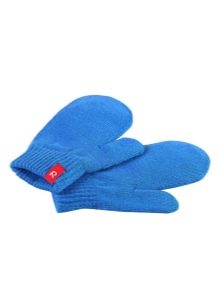

You can also face the fact that instead of age, the manufacturer can write the international size and an inexperienced buyer can easily make a mistake. Therefore, you need to be very careful when choosing. So, having noticed the number 0 on the label, check whether it is age, because the Russian size of this mitten is 11, which is suitable for almost one-year-old children, 6-12 months.
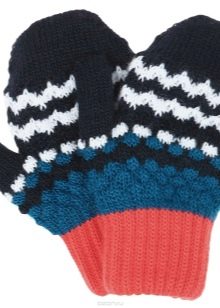
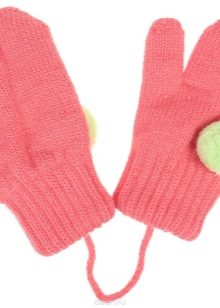
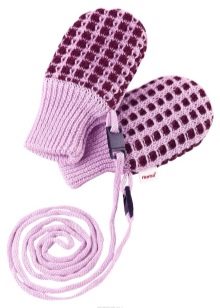
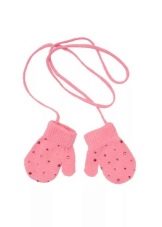
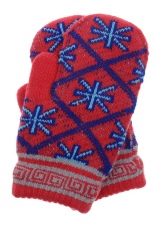
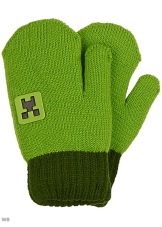

If you want to purchase mittens on any site, then high-quality and responsible manufacturers always provide their dimensional nets. They do the same in stores, providing different sizes for each model.
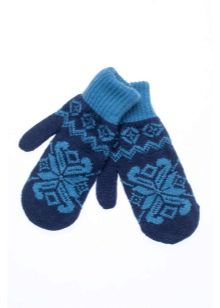
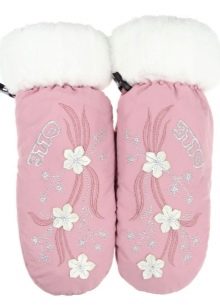
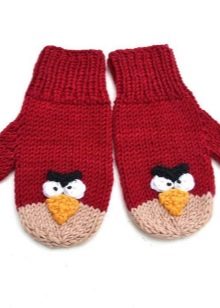
To find the exact size, of course, it is better to go and purchase mittens with your child. When choosing, you need to take into account that the mitten should be a little larger, because during active games it can slide and thereby expose the wrist.But do not overdo it - in large mittens, the child will be uncomfortable and fingers will freeze faster.
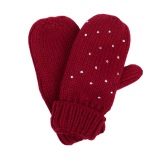
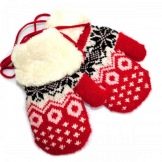
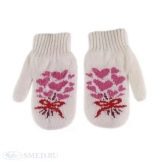
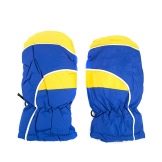
Popular colors
The color spectrum of this warm accessory is rich, especially for children. From discreet gray shades of wool to bright scarlet and poisonous green puffy balloon mittens.
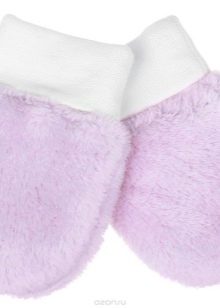
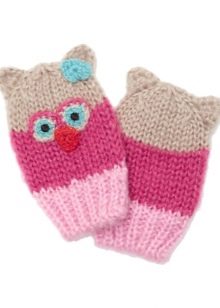
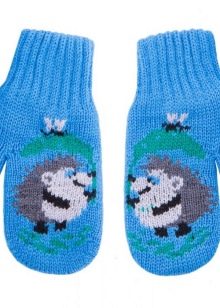


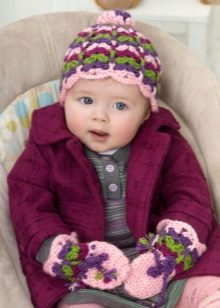
White mittens look festive and elegant. But for active players, this color is impractical, so mothers rarely choose this option, stopping at dark or bright colors.
The colors in children's mittens are combined, mixed, thus making each pair original.
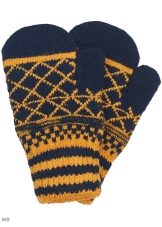

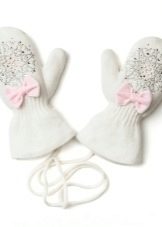
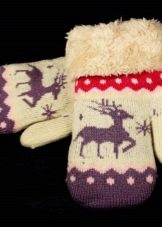
Decor
Children's mittens are rich in decorative elements - the manufacturer knows how to decorate them in order to lure and attract the attention of the little consumer. They are always beautiful and bright.
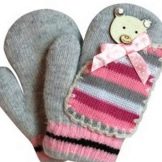
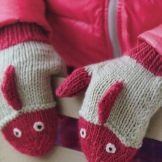
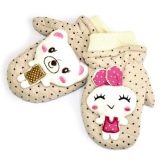

- embroidery. They embroider everything that comes to hand - from traditional embroidery threads to sequins. This range includes beads, beads, and decorative ribbons.
- applications. The most common - in the form of cartoon characters - princesses, mickey mouses, minions, cars - their spectrum is wide and rich. Applications can be in the form of flowers, and various toys, houses and the like.
- knitted mittens with ornaments - with deer, with trees, with patterns (polka dots, stripes, geometry).
- knitting with braids - arans, cross, large, small.
- knitted with owls, hedgehogs - can repeat the whole animal, with feathers, fur, etc., or can only have a muzzle.
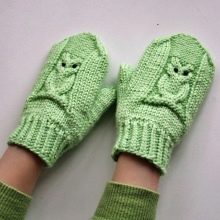
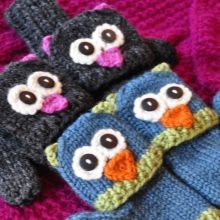
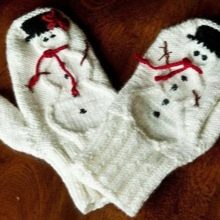

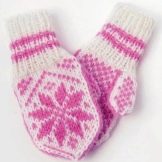
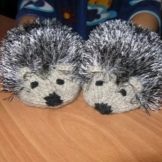
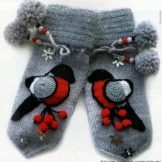
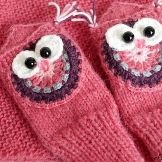


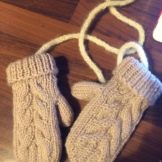
Decorate mittens and different locks, hooks for clutching mittens, rubber bands and ribbons. The main thing here is that these elements do not interfere with the child and do not scratch either him or those around him.
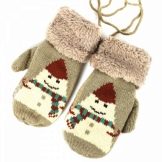

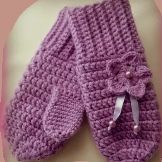
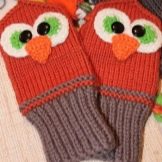

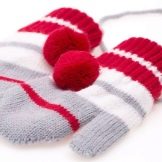
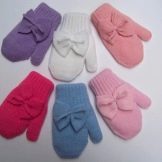
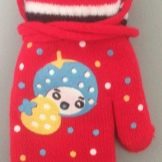
Manufacturers
There are many companies for the production of children's mittens. Each user has their own favorite manufacturers. Here is some of them:
- Reima - waterproof, comfortable for all ages mittens with bright colors and decor.
- Decathlon - for the most part contain sports models - gloves, mittens, with Velcro fastener, made of high quality materials.
- Adidas is a sports company. The choice of mittens and gloves is great - from mitts for martial arts to gloves and mittens for skiing.
- Didriksons - mittens for active ones - rubberized options, leggings, polyester mittens, long with a wrist strap - comfortable and warm.
- Lassie - heavy-duty mittens for toddlers and older children, presented with a bright design, a great option for play, waterproof and breathable.
- Glissade stands out for its striking designs and prints. They have a loose fit, light and comfortable, puffy mittens for children.
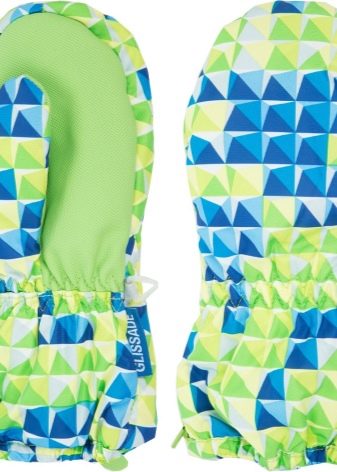
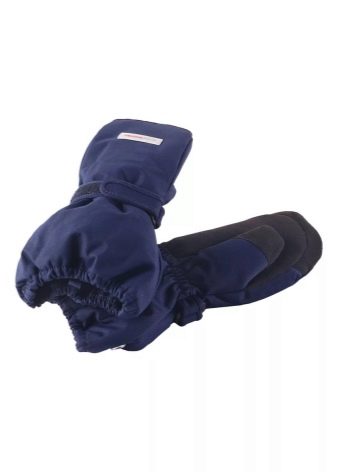
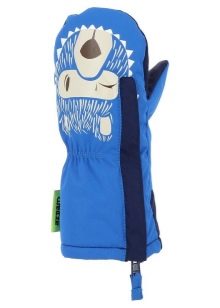
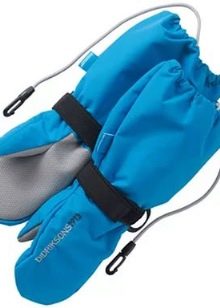
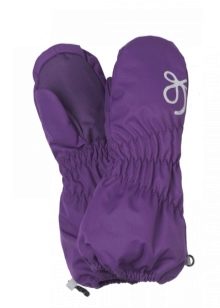
Reviews
In our time of active and athletic children, parents increasingly prefer leggings, as they protect the child well from the cold and are durable. But not all children love them, so parents resort to polyester and Polartec options.
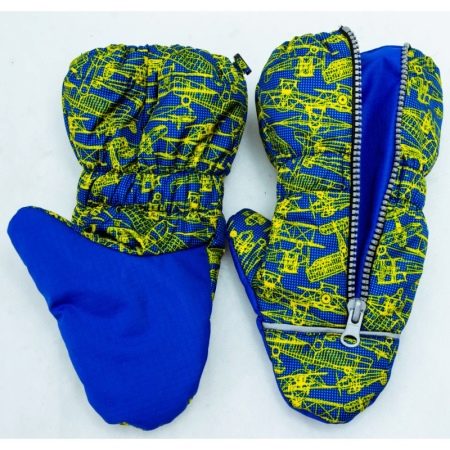
Least of all, children and parents like bolognese options, because they quickly get wet and it is inconvenient to play in them. but a lot here is decided by the filler - if it is a synthetic winterizer, then the mittens are overturned, if the fleece, they get wet quickly. The best option is silicone filler. But even in such mittens minus - hands freeze faster.
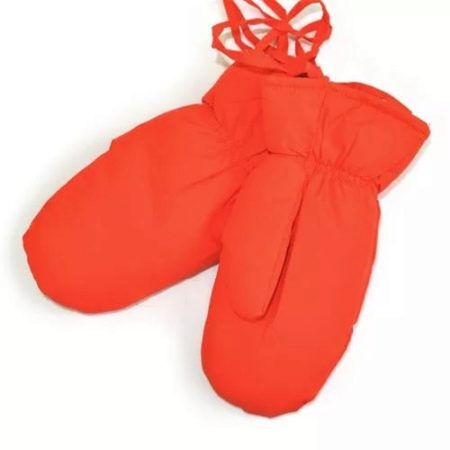
Knitted mittens are considered today as a decorative option or mittens for babies, but at the same time they are rightfully considered the warmest.
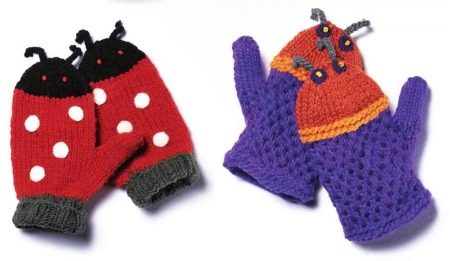
The fleece material is warm and soft, but some people like them, but others complain about their low water repellency.
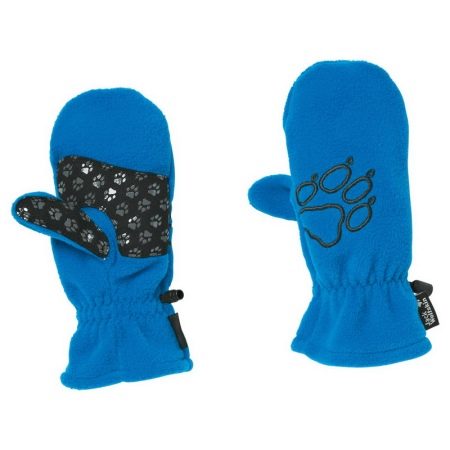
Gloves are chosen by older children, most often these are options from raincoat fabric, with a lining. Knitted gloves are suitable for a snowless, but cool time - autumn, the beginning of winter.
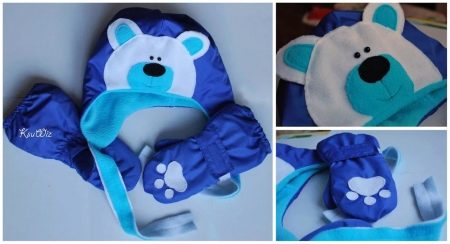
Whatever the model of children's mittens, you must first of all rely on the comfort of your baby's hands to protect him from cold and disease.
